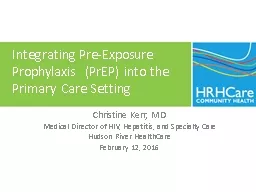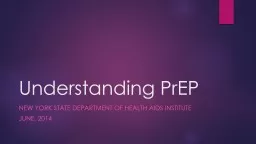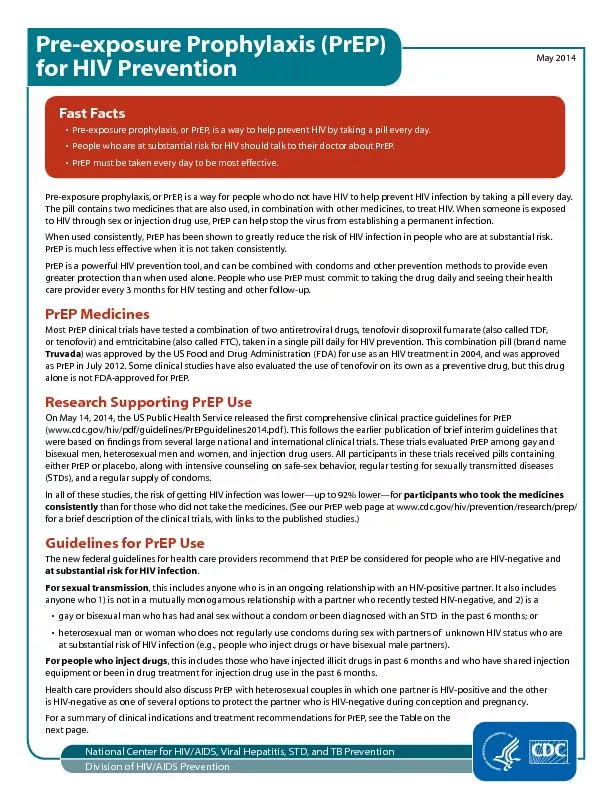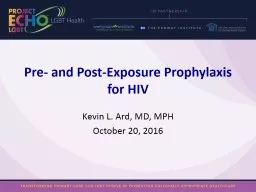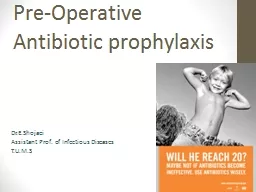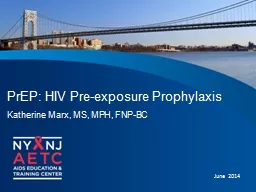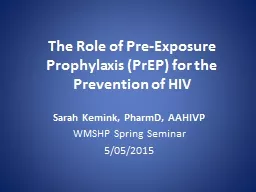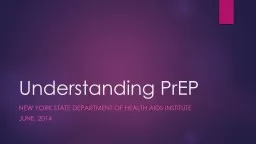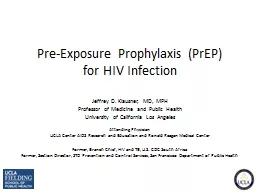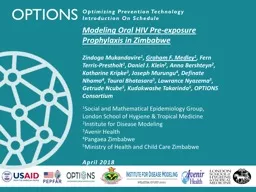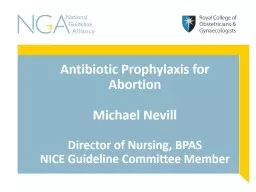PPT-Integrating Pre-Exposure Prophylaxis ( PrEP ) into the Primary Care Setting
Author : liane-varnes | Published Date : 2019-10-31
Integrating PreExposure Prophylaxis PrEP into the Primary Care Setting Christine Kerr MD Medical Director of HIV Hepatitis and Specialty Care Hudson River HealthCare
Presentation Embed Code
Download Presentation
Download Presentation The PPT/PDF document "Integrating Pre-Exposure Prophylaxis (..." is the property of its rightful owner. Permission is granted to download and print the materials on this website for personal, non-commercial use only, and to display it on your personal computer provided you do not modify the materials and that you retain all copyright notices contained in the materials. By downloading content from our website, you accept the terms of this agreement.
Integrating Pre-Exposure Prophylaxis ( PrEP ) into the Primary Care Setting: Transcript
Download Rules Of Document
"Integrating Pre-Exposure Prophylaxis ( PrEP ) into the Primary Care Setting"The content belongs to its owner. You may download and print it for personal use, without modification, and keep all copyright notices. By downloading, you agree to these terms.
Related Documents

